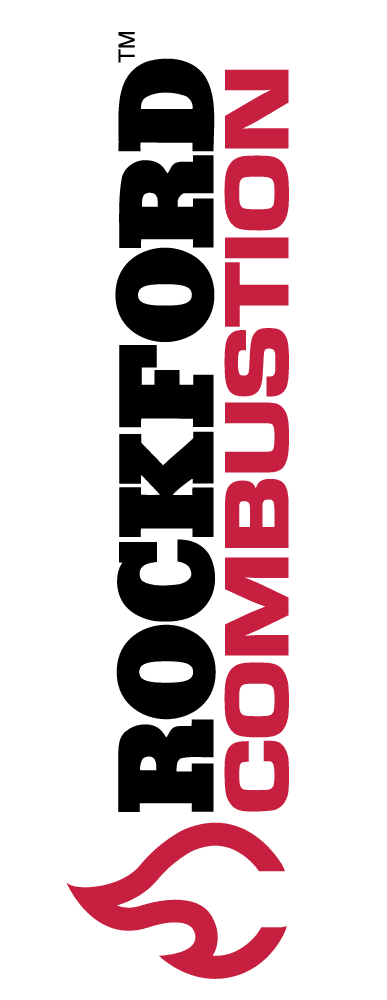Shield Against Debris
When a machinist is cutting, drilling, shaping or milling raw materials, there are always inherent risks. Thankfully, proper and up-to-date safeguarding equipment drastically minimizes the risks that machines pose. In this article, we look at one of the most basic and most critical components in machine safeguarding: the safety shield. Before we start, we need…



